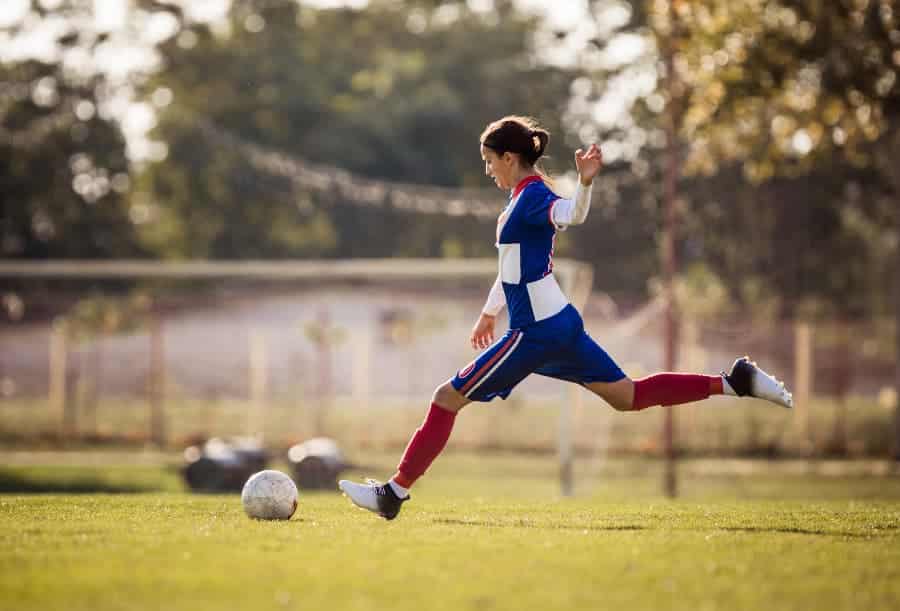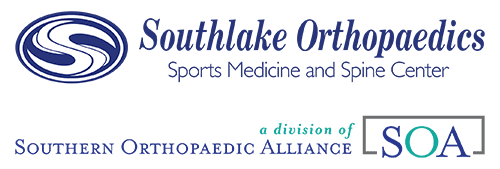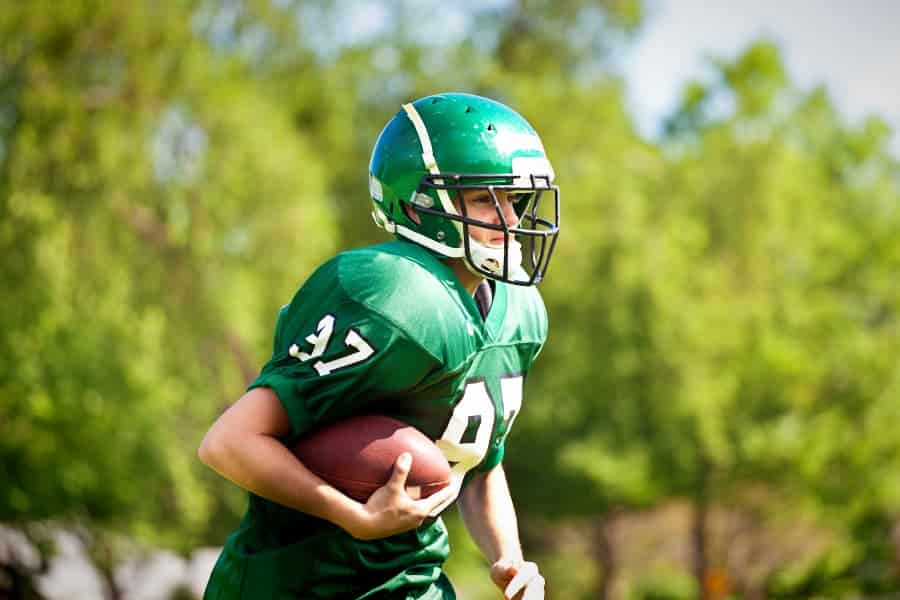
ACL Tear Treatment in Hoover and Birmingham, Serving Central Alabama
An anterior cruciate ligament tear, or ACL tear, is among the most common sports injuries. They occur suddenly and can lead to pain, limping, and more. If not treated correctly, ACL tears may also cause long-term damage that permanently impacts a person’s ability to play sports or be active.
Southlake Orthopaedics is a multi-specialty orthopedic team in Hoover and Birmingham-Grandview, AL. We provide complete orthopedic care, from diagnosis to treatment and rehabilitation, helping patients throughout central Alabama recover from injury and get back to the activities they love. Learn more about our ACL tear services and treatments.




